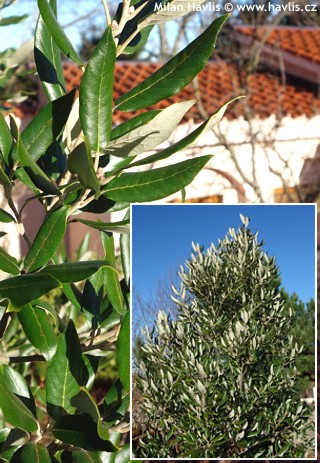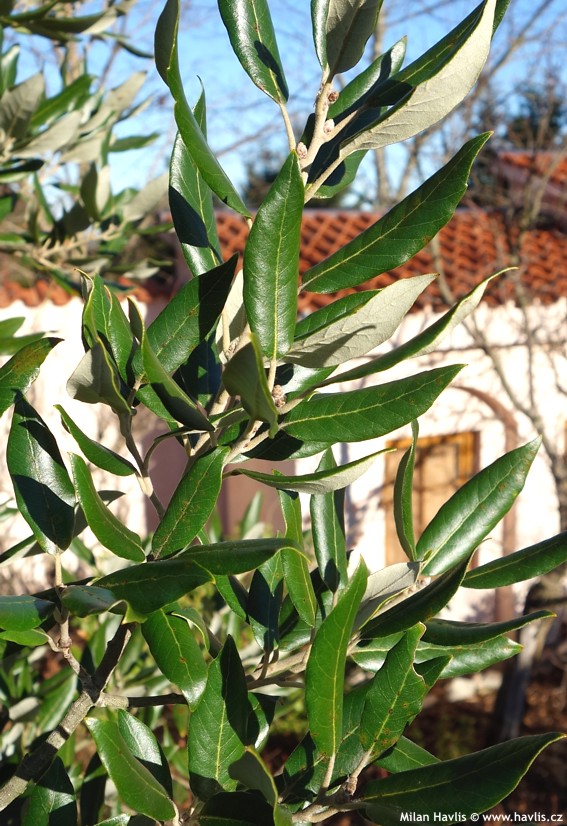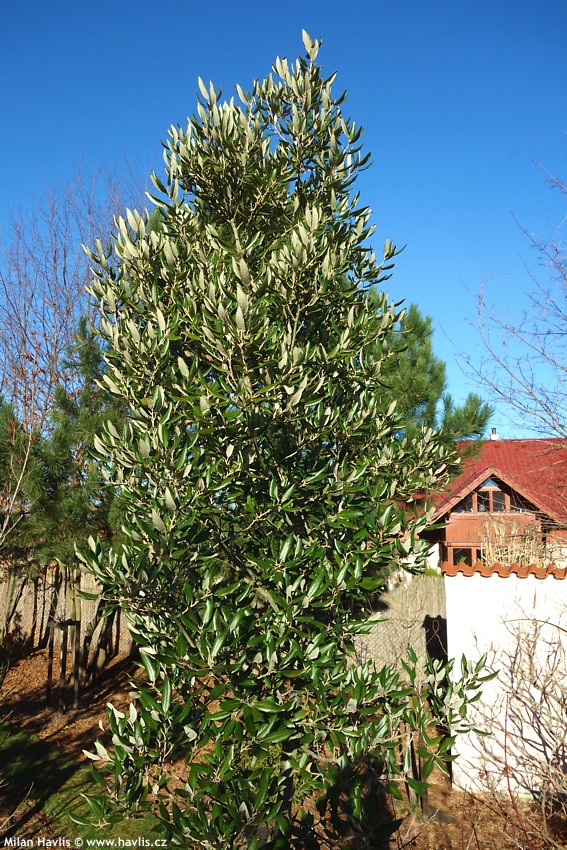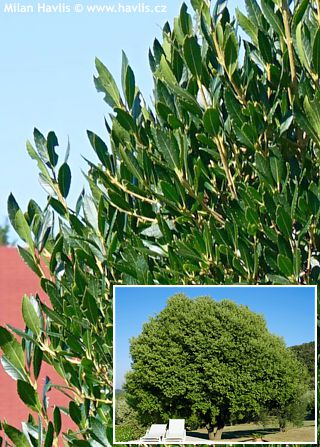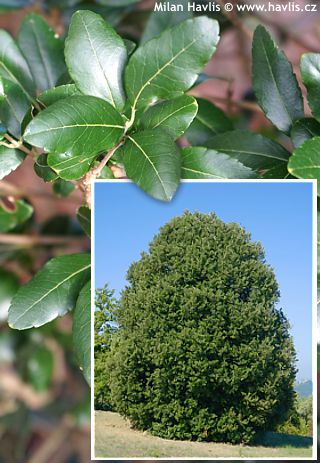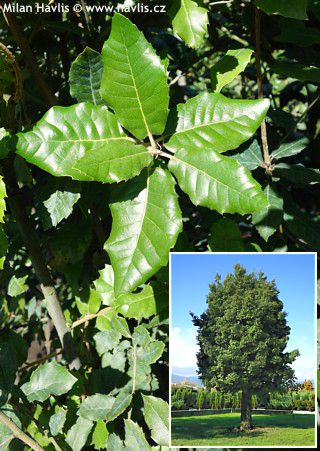Quercus ilex var. oleifolia holm oak, holly oak
Quercus
Holm oak or holly oak (holm is an old word for holly) is native to the Mediterranean and is spread from southern parts of Italy, France, Spain and Portugal, to west Balkan and milder parts of North Africa. It used to form vast areas of evergreen forests most of which are chopped down today. It was first described in 1753 and many sources until this day claim it is not drought tolerant. In fact it very drought tolerant once established which why it is commonly cultivated in heat-accumulated and paved city squares. In the wild it grows in altitudes from 0 to 1400 m above sea level.
Holm oak is a natural species, not a hybrid in spite of two specific names in its Latin title. Oleifolia is one of its few selections made in order to describe distinctly different seedlings. Its evergreen, leathery leaves strongly resemble olive tree leaves - they are 3-6 cm long, elongated, spineless, and slightly undulated. They emerge soft green and mature to very dark green and glossy on the upper side, and delicately hairy and almost silver on the reverse. Older trees produce small, elongated, dark brown, glossy acorns.
Young plants are fast growers making some 30 cm to one meter per year. They grow upright when young, slowing down with age and size, forming handsome bushy crowns, initially oval-shaped, later mushroom-like which looks best cultivated as a standard tree with a trunk. Older trees are very beautiful and cast a deep shade desired in hot summers. Shrubs are used as long-lived hedges and windbreaks.
We began testing this plant after 2010. Young plant with soft wood had no chance to survive the first winter outside, but trees with older and woody trunks and branches showed surprising hardiness in Czech winters (USDA zone 6). The most beautiful tree is in my garden in Chlumec since 2013, it is oleifolia variety, and has coped all zone 6 winters and late winter temperature swings without any notable damage.
Holm oak is not too picky about soil type provided it is well drained. It can even take less fertile soil. Never plant it in heavy clay and water-logged sites where its roots may rot. Even moisture is needed in the first season after transplanting, then it will do with occasional rain. It loves sun and warmth, never plant it in exposed areas of zones 6 borderline. For cultivation in Central European conditions always look for plant with hardened wood which is not prone to frost damage. Pruning is possible in early spring. Hardiness trialed and proved down to -24°C (USDA zone 6).
Last update 04-02-2018

































